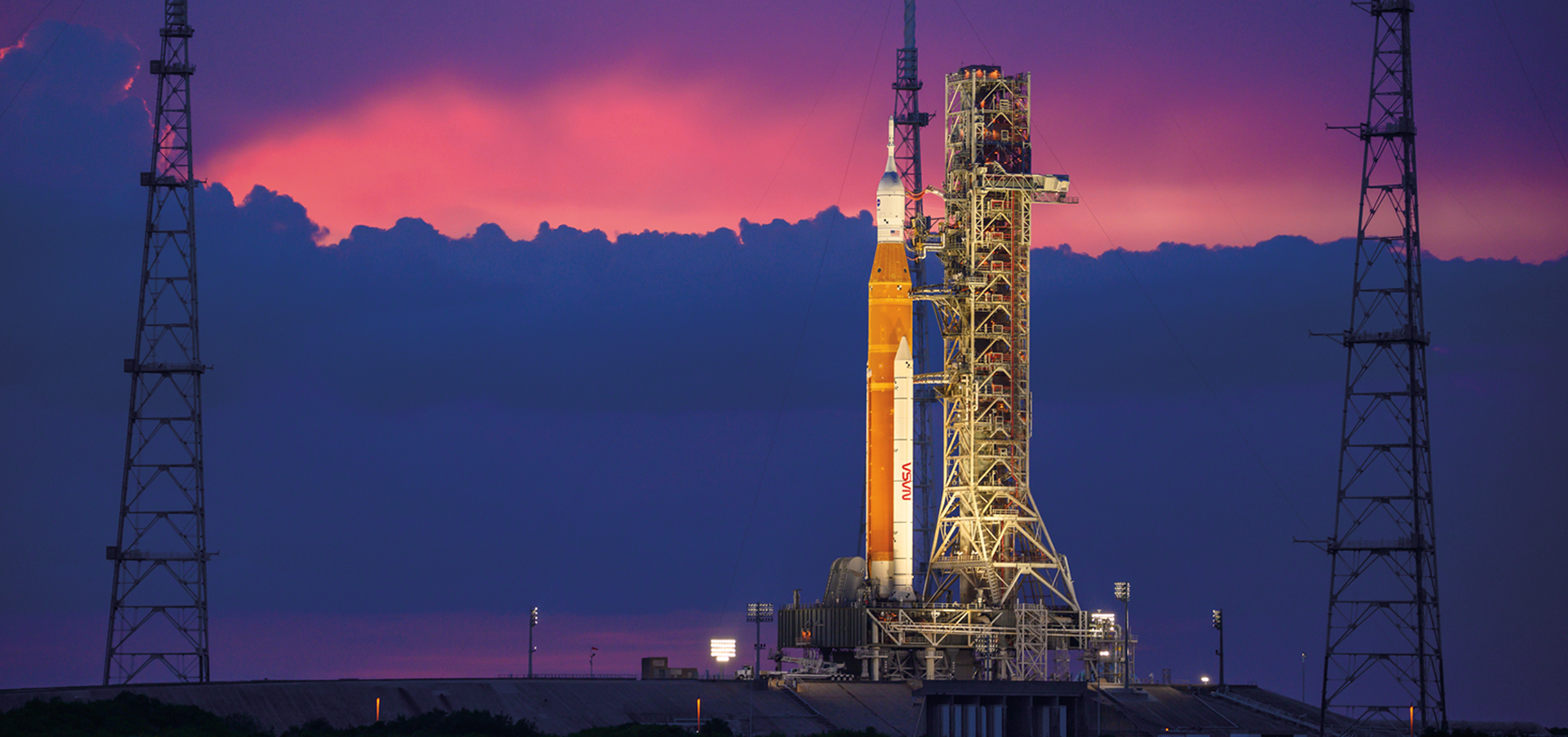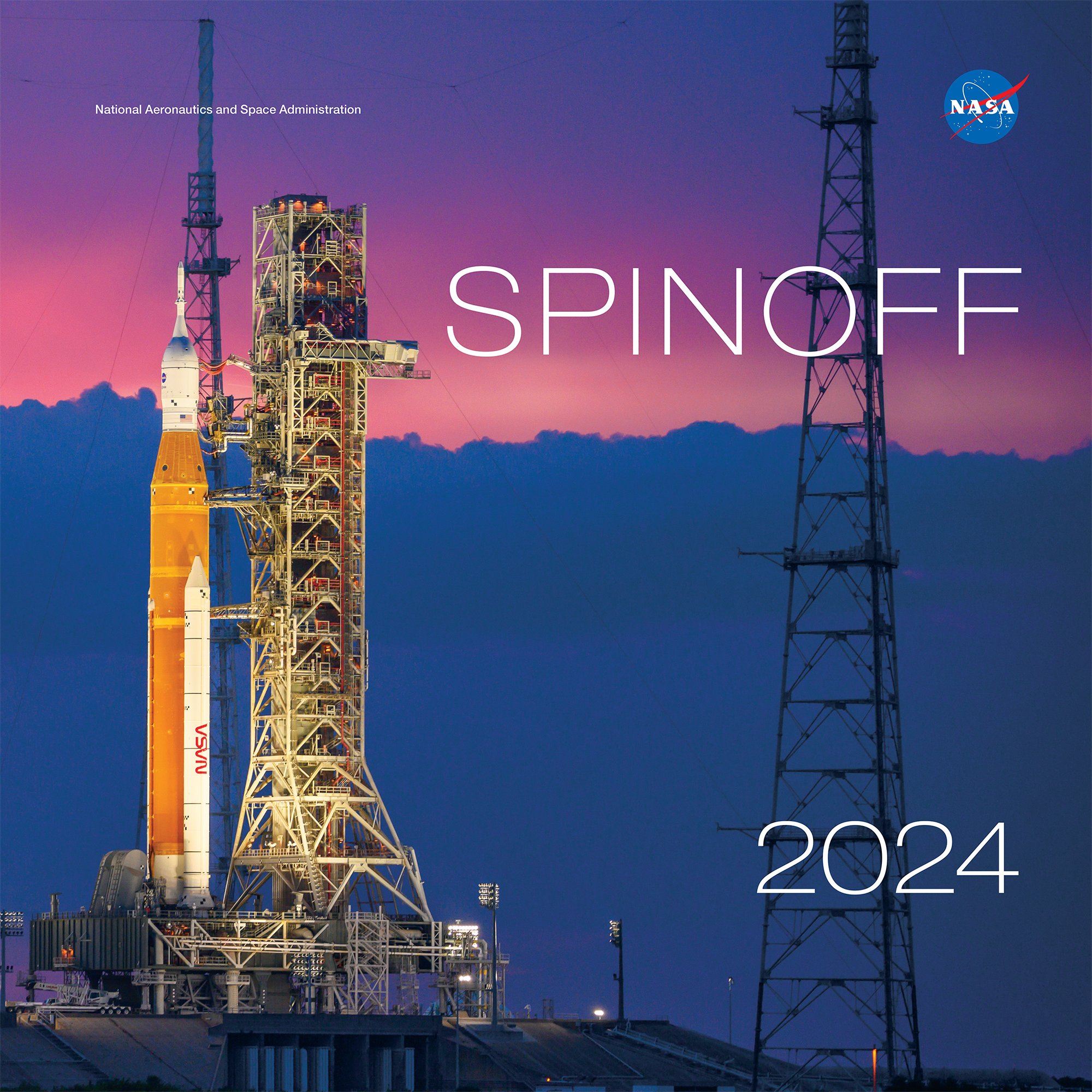Notifications
ALL BUSINESS
COMIDA
DIRECTORIES
ENTERTAINMENT
FINER THINGS
HEALTH
MARKETPLACE
MEMBER's ONLY
MONEY MATTER$
MOTIVATIONAL
NEWS & WEATHER
TECHNOLOGIA
TV NETWORKS
VIDEOS
VOTE USA 2026/2028
INVESTOR RELATIONS
COMING 2026 / 2027
ALL BUSINESS
COMIDA
DIRECTORIES
ENTERTAINMENT
FINER THINGS
HEALTH
MARKETPLACE
MEMBER's ONLY
MONEY MATTER$
MOTIVATIONAL
NEWS & WEATHER
TECHNOLOGIA
TV NETWORKS
VIDEOS
VOTE USA 2026/2028
INVESTOR RELATIONS
COMING 2026 / 2027
About Me
 Latinos Media
Latinos Media Latinos Media provides all types of news feeds on a daily basis to our Members
Posted by - Latinos Media -
on - February 1, 2024 -
Filed in - Entertainment -
-
669 Views - 0 Comments - 0 Likes - 0 Reviews

5 min read
Preparations for Next Moonwalk Simulations Underway (and Underwater)
As NASA innovates for the benefit of all, what the agency develops for exploration has the potential to evolve into other technologies with broader use here on Earth. Many of those examples are highlighted in NASA’s annual Spinoff book including dozens of NASA-enabled medical innovations, as well other advancements in 3D printing, robots, and brake designs.
This year’s publication also features a section highlighting technologies developed at agency centers such as NASA’s Stennis Space Center near Bay St. Louis, Mississippi, that are available for use by various industries.
NASA’s 2024 Spinoff highlights more than 40 medical and other commercialized technologies using the agency’s research and development expertise.
“As we continue to push new frontiers and do the unimaginable, NASA’s scientists and engineers are constantly innovating and advancing technologies,” said NASA Administrator Bill Nelson. “A critical part of our mission is to quickly get those advances into the hands of companies and entrepreneurs who can use them to grow their businesses, open new markets, boost the economy, and raise the quality of life for everyone.”
One of the featured medical innovations is the first wireless arthroscope – a small tube carrying a camera inserted into the body during surgery – to receive clearance from the U.S. Food and Drug Administration, which benefited from NASA’s experience with spacesuits and satellite batteries. Commercialized technologies for diagnosing illnesses like the coronavirus, hepatitis, and cancer have also stemmed from NASA’s space exploration and science endeavors. Even certain types of toothpaste originated from the agency’s efforts to grow crystals for electronics.
The book also features several technologies NASA has identified as promising future spinoffs and information on how to license agency tech. Since the 1970s, thousands of NASA technologies have found their way into many scientific and technical disciplines, impacting nearly every American industry.
Additional 2024 Spinoff highlights include developments under NASA’s Artemis campaign, like a small, rugged video camera used to improve aircraft safety and a new method for detecting defects or damage in composite materials. Meanwhile, another spinoff story details the latest benefits of fuel cell technology created more than 50 years ago for Apollo, which is now poised to support terrestrial power grids based on renewable energy.
The book also features other notable spinoffs like:
NASA Stennis items included in the new publication are:
“As NASA’s longest continuously running program, we continue to increase the number of technologies we license year-over-year while streamlining the development path from the government to the commercial sector,” said Daniel Lockney, Technology Transfer program executive at NASA Headquarters in Washington. “These commercialization success stories continually prove the benefits of transitioning agency technologies into private hands, where the real impacts are made.”
Spinoffs are part of NASA’s Space Technology Mission Directorate and its Technology Transfer program. Tech Transfer is charged with finding broad, innovative applications for NASA-developed technology through partnerships and licensing agreements, ensuring agency investments benefit the nation and the world.
To read or download the digital version of the latest issue of Spinoff, visit:
For information about NASA Stennis Space Center, visit: